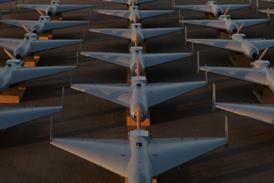The Czech Republic and Poland, along with eight other countries, joined the European Union in May last year. This provided enormous opportunity for GA manufacturers, not only because of access the union's free trade zone, but also because their entry coincided with the creation of the European Aviation Safety Agency (EASA). With an aircraft certificated by EASA, it can be sold and operated across the EU and much of the world that recognises the body.
Roger Hardy, general aviation certification directorate head at EASA, says the introduction of the community standard for very light aircraft (CS-VLA) marked a step change, since its predecessor, the JAR-VLA, was a voluntary code of practice, rather than compulsory. Also, each EU member state had its own additional national requirements for importation as well as operation, reducing the value of a JAR-VLA certificate.
The UK also had around 3,000 of its own additional airworthiness rules, most of which were swept away with the introduction of CS-VLA, although around 20 were introduced into EASA rules as they were demonstrably safety enhancing.
Until EASA is fully staffed, CS-VLAs will still be handled by national aviation authorities, albeit officially working under an EASA subcontract. Hardy expects this situation to continue for at least three years.
For Poland this is a problem, since its civil aviation authority is not one of seven designated by EASA as an approved certification authority, permitted to lead certification.
JUSTIN WASTNAGE / COLOGNE
Source: Flight International























